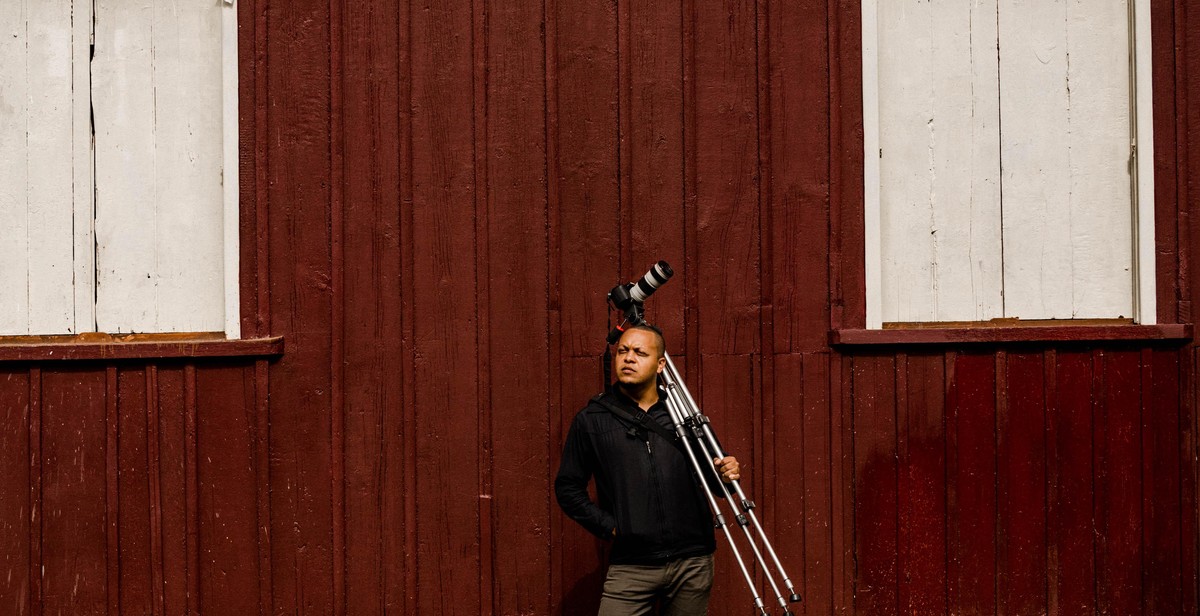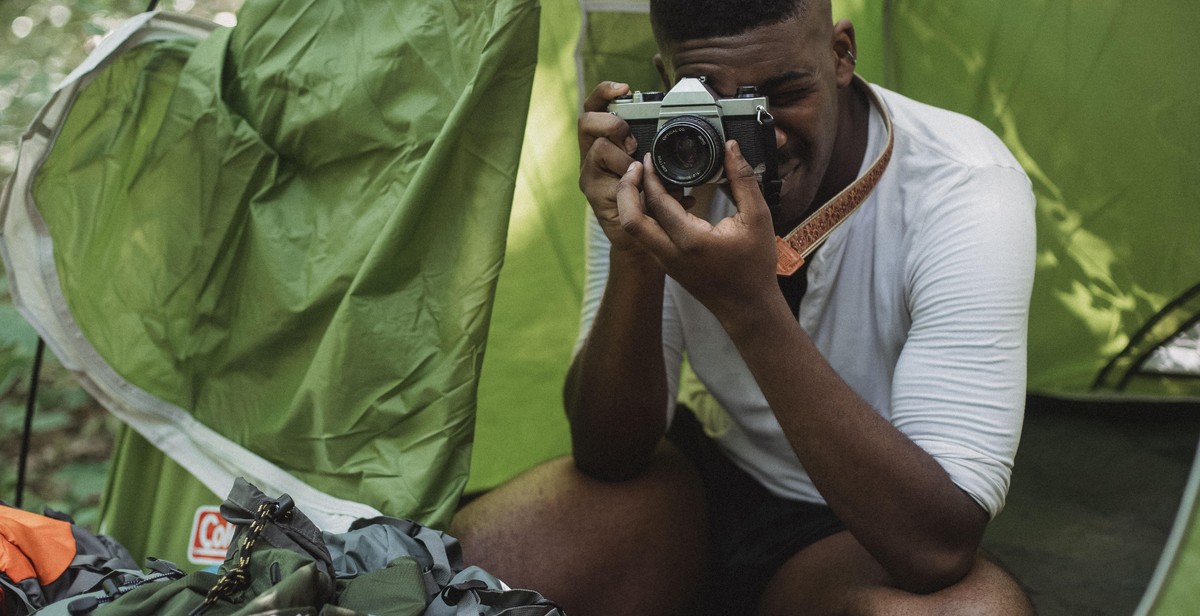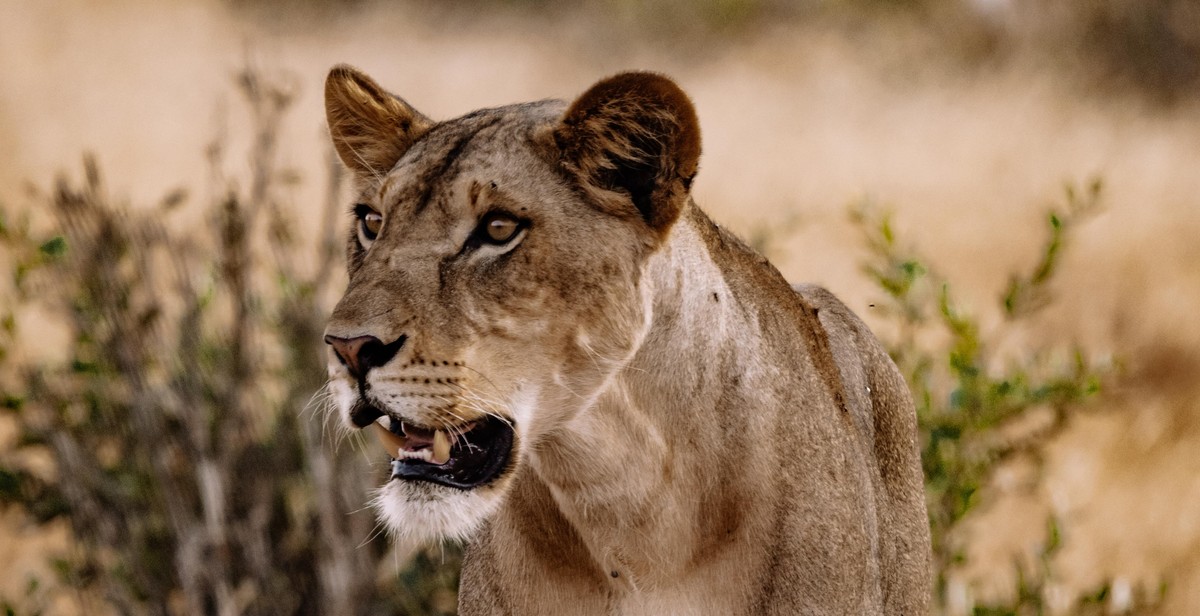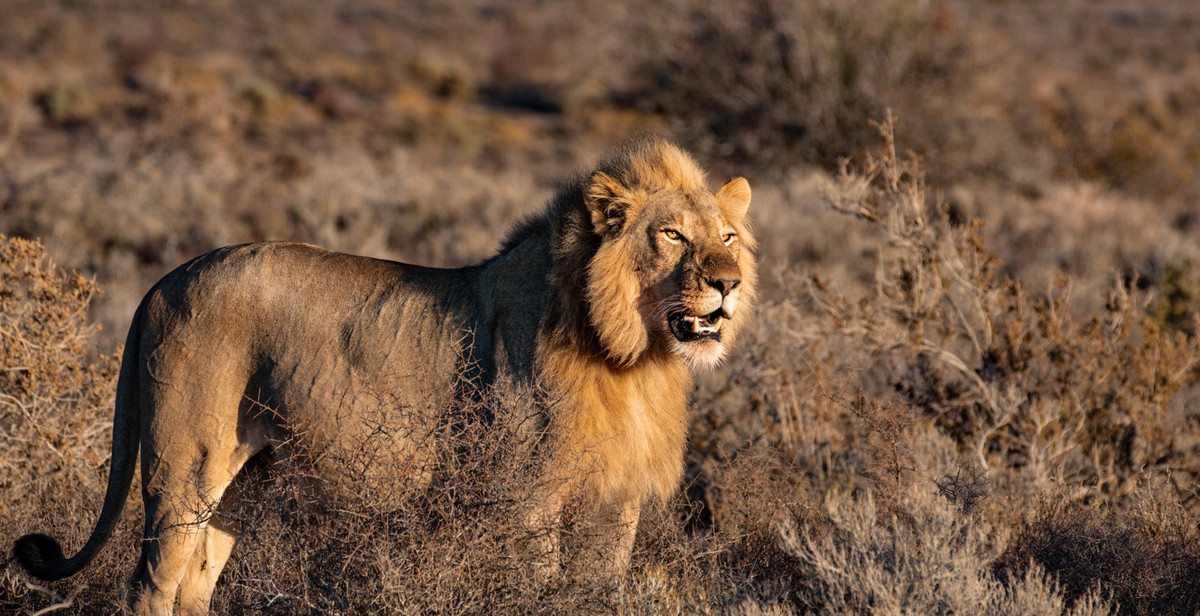Introduction
Wildlife photography is the art of capturing animals in their natural habitat. It is an important aspect of photography that has gained popularity over the years. Wildlife photography has become a tool for conservationists to raise awareness about the importance of preserving wildlife and their habitats. It is also a way for photographers to showcase their creativity and skill in capturing stunning images of animals in their natural environment.
Why Wildlife Photography is Important
Wildlife photography plays a crucial role in conservation efforts as it helps to create awareness about the importance of protecting wildlife and their habitats. It is a powerful tool that can inspire people to take action in preserving the natural world. By capturing the beauty and diversity of wildlife, photographers can showcase the importance of protecting these species and their habitats.
Furthermore, wildlife photography is also important for scientific research and education. It provides valuable insights into animal behavior and ecology, which can aid in conservation efforts. Wildlife photographs can also be used in educational materials to teach people about the natural world and the importance of protecting it.
In this article, we will discuss techniques for practicing wildlife photography that will help you capture stunning images of animals in their natural habitat.

Equipment for Wildlife Photography
Wildlife photography requires specialized equipment to capture high-quality images of animals in their natural habitat. Here are some essential pieces of equipment that every wildlife photographer should consider:
Camera and Lens
A high-quality camera and lens are essential for capturing sharp, detailed images of wildlife. A DSLR or mirrorless camera with a fast autofocus system and high ISO capabilities is ideal. Look for a camera with at least 20 megapixels and a continuous shooting speed of at least 5 frames per second.
When it comes to lenses, wildlife photographers typically use telephoto lenses to get close-up shots of animals from a safe distance. A 300mm or 400mm lens is a good starting point, but many photographers prefer even longer lenses, such as 500mm or 600mm, to get even closer to their subjects. Image stabilization is also important to reduce camera shake and ensure sharp images.
Tripod and Monopod
A sturdy tripod or monopod is essential for keeping your camera steady, especially when using long telephoto lenses. Look for a tripod or monopod that is lightweight and easy to carry, but also strong enough to support your camera and lens. A carbon fiber tripod is a good option for its lightweight and durability.
Accessories
There are several accessories that can help you get the most out of your wildlife photography equipment:
- A remote shutter release or cable release to minimize camera shake
- A camera bag or backpack to protect your gear when traveling
- A lens hood to reduce lens flare and protect the front element of your lens
- A polarizing filter to reduce glare and improve color saturation
- An external flash or flash diffuser to add light when shooting in low-light conditions
Conclusion
Investing in high-quality equipment is essential for wildlife photography. With the right camera, lens, tripod, and accessories, you can capture stunning images of animals in their natural habitat.

Techniques for Wildlife Photography
Wildlife photography is a challenging and rewarding pursuit that requires a combination of technical skill, creativity, and patience. Here are some techniques to help you capture stunning images of animals in their natural habitat:
Research and Preparation
Before heading out to photograph wildlife, it’s essential to research the animal’s behavior, habitat, and movement patterns. This knowledge will help you anticipate the animal’s movements and increase your chances of capturing a great shot. Additionally, it’s crucial to have the right equipment, including a telephoto lens, a sturdy tripod, and a camera with high frames per second (fps) shooting capabilities.
Patience and Persistence
Wildlife photography requires patience and persistence. It’s essential to stay in one place for an extended period, waiting for the animal to appear in the frame. Moreover, it’s crucial to be aware of your surroundings and the animal’s behavior, as sudden movements or noises can scare the animal away.
Composition and Framing
Composition and framing play a vital role in wildlife photography. It’s essential to choose a focal point and compose the image around it. The rule of thirds is a popular composition technique that involves dividing the image into thirds horizontally and vertically and placing the focal point at one of the intersection points. Additionally, it’s crucial to pay attention to the background, as a cluttered or distracting background can take away from the image’s impact.
Lighting and Exposure
Lighting and exposure are critical factors in wildlife photography. It’s essential to choose the right time of day to shoot, such as early morning or late afternoon when the light is soft and warm. Additionally, it’s crucial to expose the image correctly, as overexposure or underexposure can result in a poorly exposed image. Shooting in RAW format can help you adjust the exposure in post-processing.
| Technique | Description |
|---|---|
| Research and Preparation | Research the animal’s behavior, habitat, and movement patterns, and have the right equipment. |
| Patience and Persistence | Stay in one place for an extended period, be aware of your surroundings, and the animal’s behavior. |
| Composition and Framing | Choose a focal point, compose the image around it, and pay attention to the background. |
| Lighting and Exposure | Choose the right time of day to shoot, expose the image correctly, and shoot in RAW format. |

Tips for Wildlife Photography
Be Respectful of the Wildlife
When practicing wildlife photography, it’s important to remember that you are a guest in the animal’s natural habitat. Therefore, you must be respectful and cautious not to disturb or harm them in any way. Keep a safe distance and avoid any sudden movements or noises that may startle the animals. Remember that wildlife photography is about capturing animals in their natural behavior, so try to blend in with your surroundings as much as possible.
Use Appropriate Camera Settings
Using the right camera settings can make a huge difference in the quality of your wildlife photos. Choose a fast shutter speed to freeze the motion of the animals, especially if they are moving quickly. A wide aperture can help blur the background and make the animal stand out. Consider using a telephoto lens to get closer to the animals without disturbing them. Also, make sure to adjust your ISO settings to the lighting conditions and avoid using flash, which can startle the animals.
Be Aware of the Background
The background of your wildlife photos can either enhance or detract from the overall image. Look for a clean and uncluttered background that doesn’t distract from the animal. Avoid shooting against the sky, which can overexpose the image, or against a busy background, which can make the animal difficult to see. Also, pay attention to the direction of the light and use it to your advantage to create a more dramatic effect.
Be Prepared for Any Situation
Wildlife photography can be unpredictable, so it’s important to be prepared for any situation. Bring extra batteries and memory cards, as well as a tripod or monopod to stabilize your camera. Dress appropriately for the weather and terrain, and consider using camouflage or neutral-colored clothing to blend in with your surroundings. Be patient and observant, and always have your camera ready to capture that perfect shot.
| Do’s | Don’ts |
|---|---|
| Do research on the animals you plan to photograph | Don’t approach or feed the animals |
| Do respect the animal’s natural behavior and habitat | Don’t use flash or make loud noises that may startle the animals |
| Do use appropriate camera settings and equipment | Don’t disturb or harm the animals in any way |
| Do be patient and observant | Don’t trespass or enter restricted areas |

Conclusion
Wildlife photography is a challenging yet rewarding genre of photography. It requires patience, skill, and a deep understanding of the animals you are photographing. By following the techniques outlined in this article, you can improve your chances of capturing stunning images of wildlife in their natural habitat.
Practice Makes Perfect
As with any skill, practice is essential to becoming a better wildlife photographer. Spend time observing the animals you want to photograph, learn their behavior patterns, and understand their habitat. This knowledge will help you anticipate their movements and capture the perfect shot.
Invest in Quality Equipment
Investing in quality equipment is also crucial to capturing stunning wildlife photographs. A high-quality camera, lens, and tripod can make a significant difference in the quality of your images. Additionally, consider investing in a telephoto lens to capture animals from a safe distance.
Be Respectful of Wildlife
Finally, it’s essential to be respectful of the animals you are photographing. Keep a safe distance and avoid disturbing their natural behavior. Remember, wildlife photography is about capturing animals in their natural habitat, not disrupting it.
By following these tips, you can improve your wildlife photography skills and capture stunning images of animals in their natural habitat. Remember, practice makes perfect, so get out there and start photographing wildlife today!
